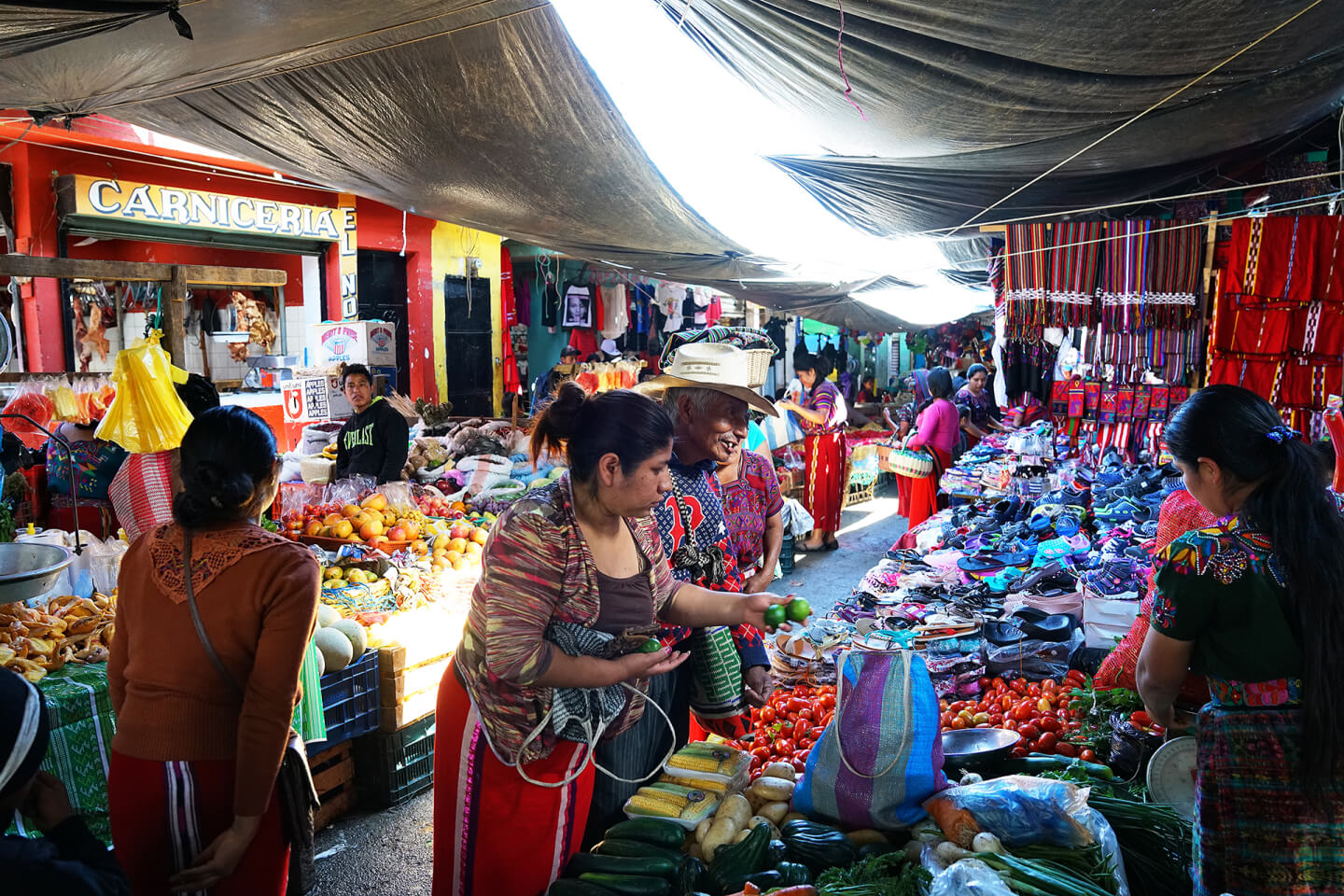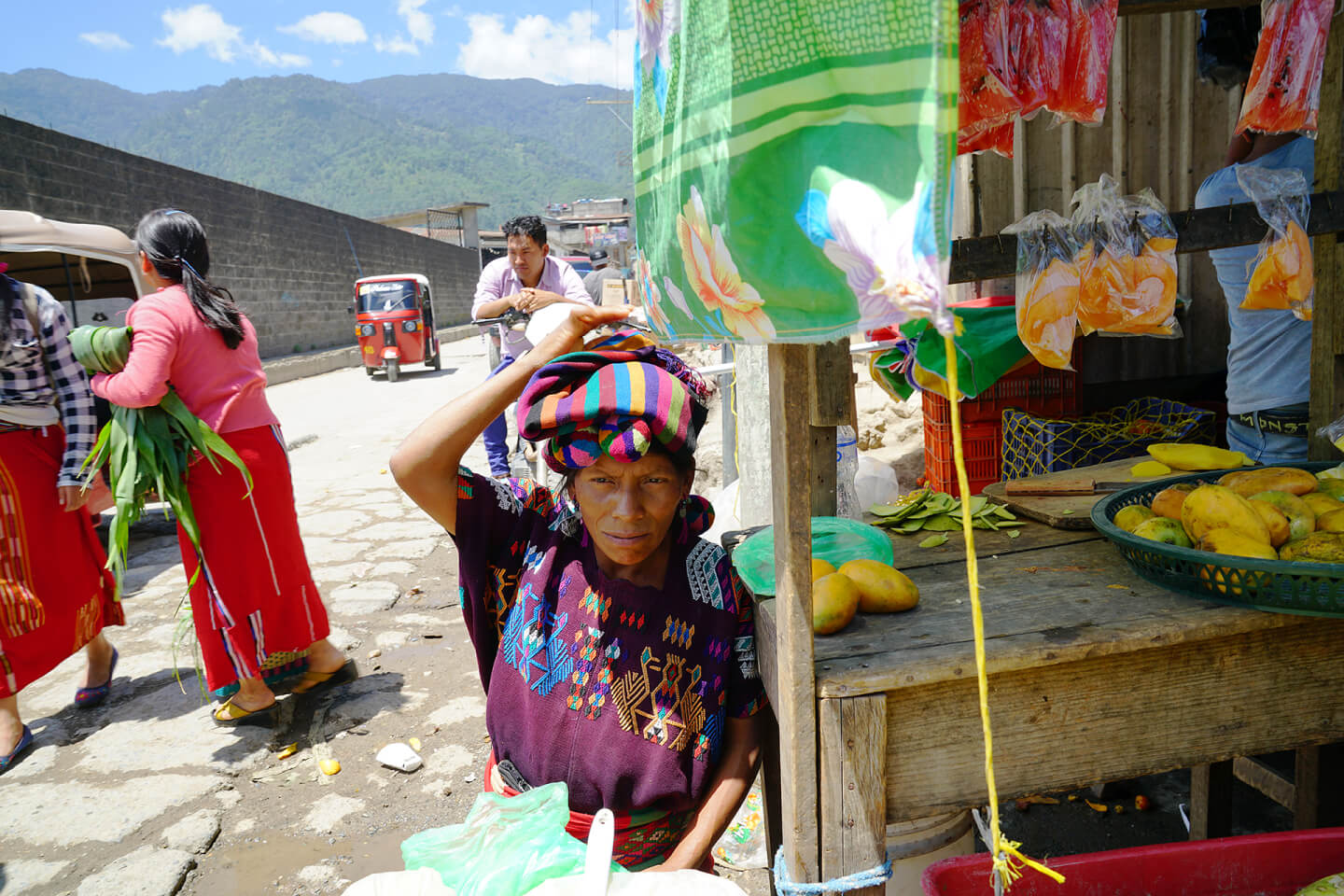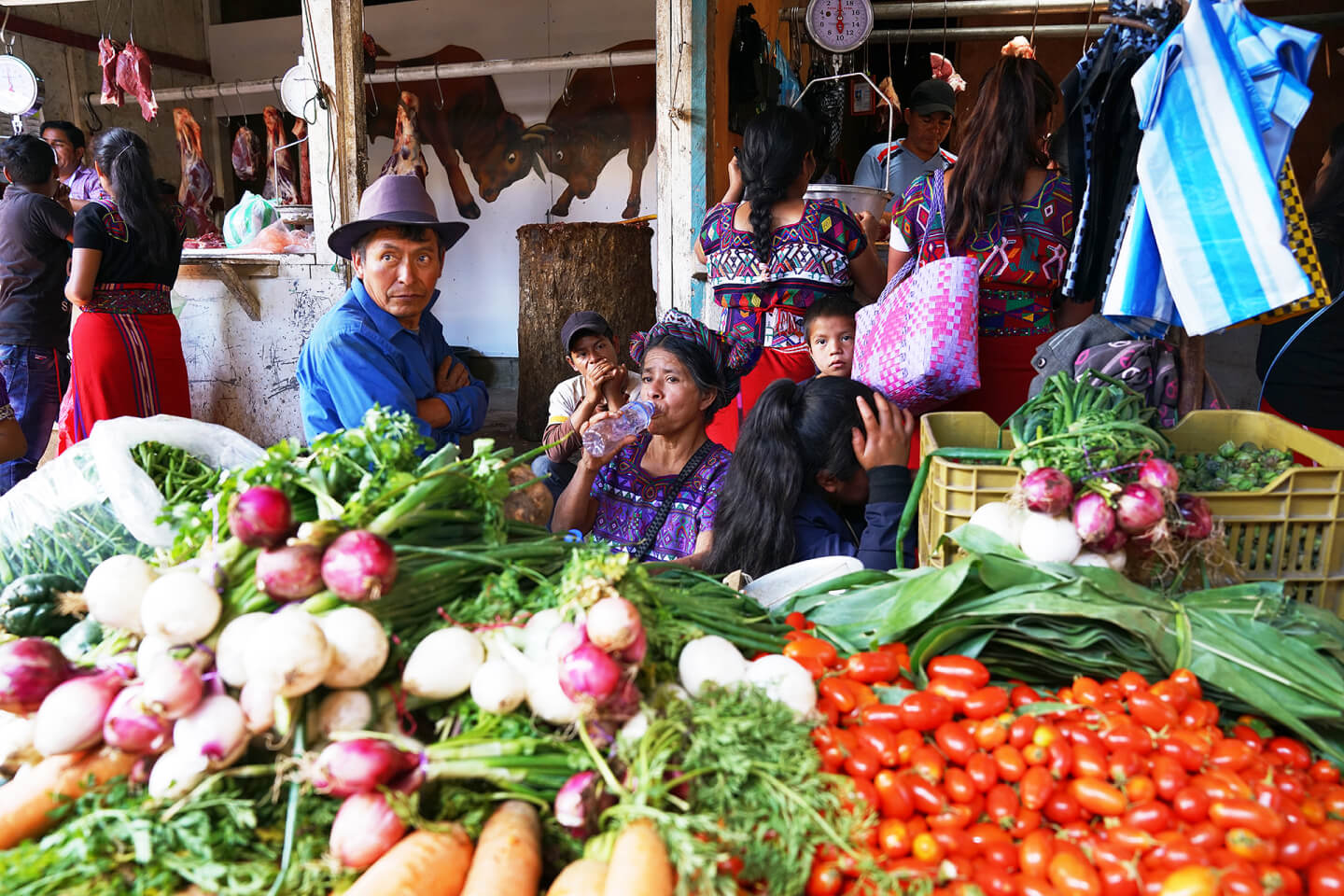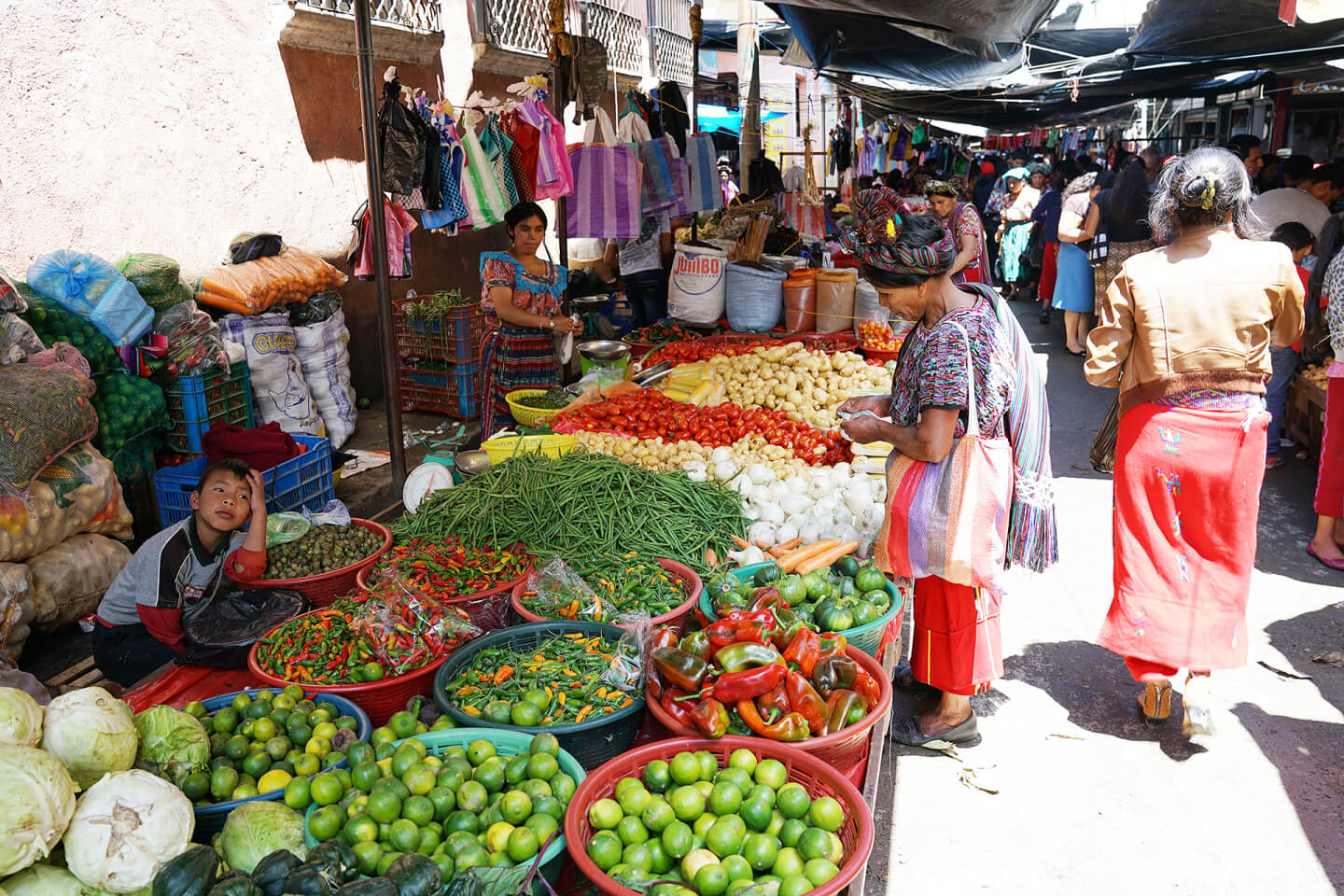












Markets in Central America
Markets. Chichicastenango. Chapter VI

In Central America, markets existed long before the Spanish conquest, but there is almost no information about their distinctive features and structure. However, some non-European characteristics, obviously preserved from pre-Columbian times, can be traced even now.

Markets history in Guatemala
In the XVI century, two main types of markets were established: local village markets to exchange goods between farmers, and major "ferias" taking place once a year. Each developed separately in their own unique way.
Local markets were based on the horizontal interchange of goods, between one segment of the population. The markets were focused on the needs of the villagers. Markets located on the mains squares of the settlements were their stationary version. They functioned according to the same scheme but were tied to a specific location.
Ferias were operating under the vertical interchange scheme and often merchants sold goods there, not manufactures themselves. This type developed much slower and had practically no impact on everyday life of the population.
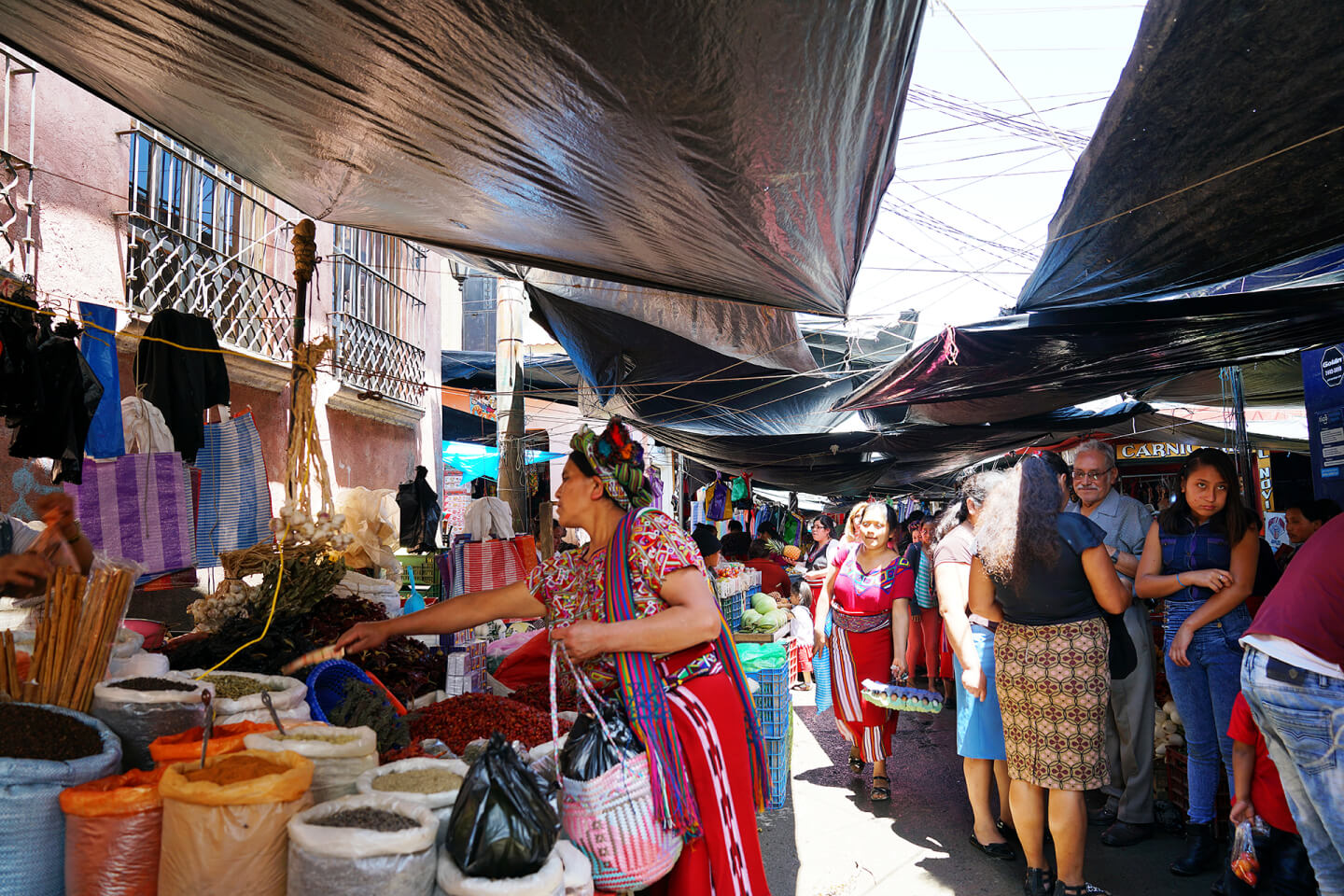
Santa Maria Nebaj, Quiché Department, 2018.
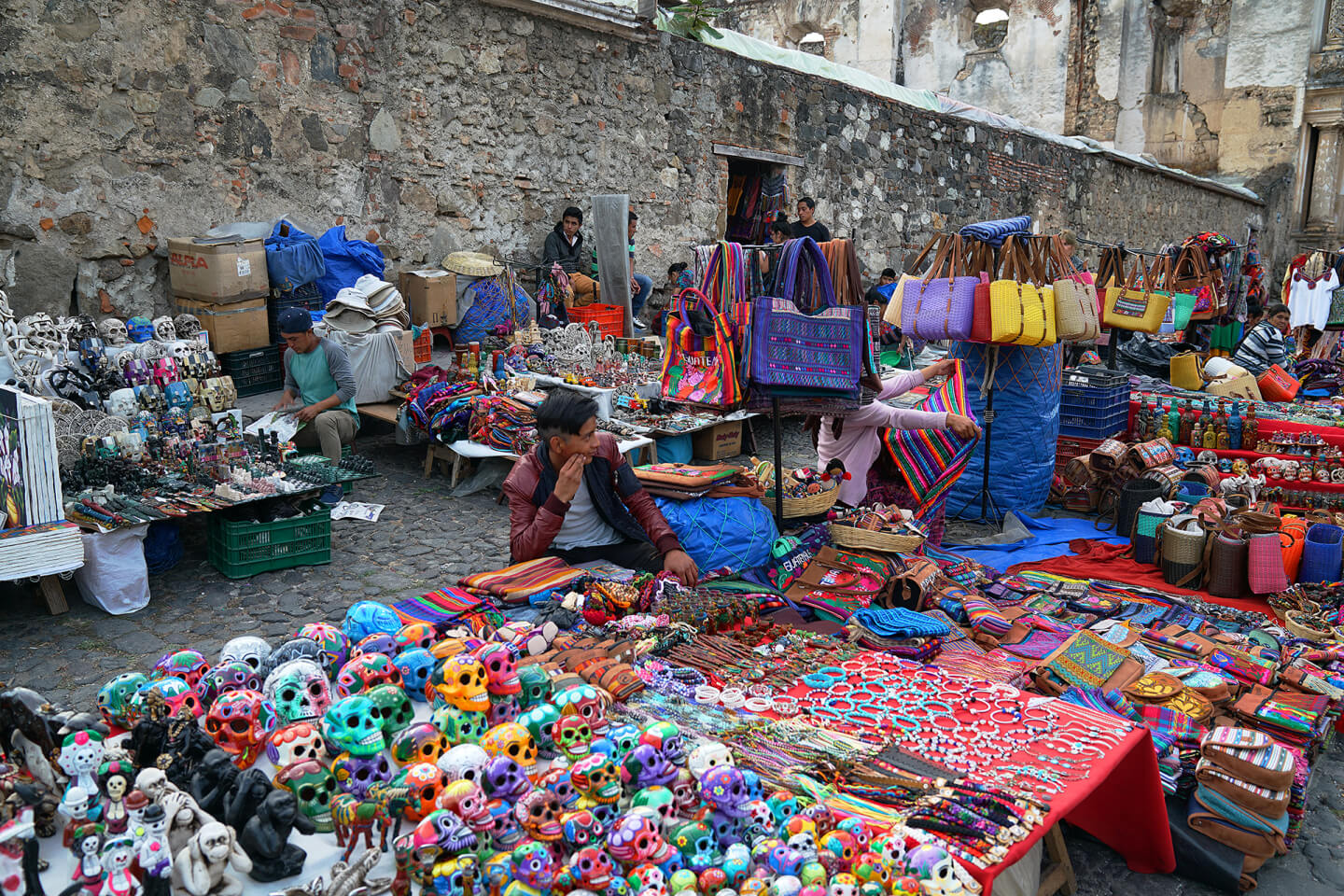
El Carmen Market, Antigua, Sacatepéquez Department. 2018.
For a long period of time, markets in Central America existed without any regulation or administration. The first documents in which they tried to somehow manage the conduct of markets date back to the XVIII-early XIX century. And, of course, European concepts of order and hygiene were taken as the basis for these rules.
For instance, the traditional Central American market groups sellers according to their ethnic origin and place of residence and not by the goods they are selling. For a long time, the market has been primarily a place of communication, formation and support of socio-cultural ties between remote families and communities. It played no part whether the fellow-countrymen brought fabrics, corn or bread, on the market they always stood together.





However, with the increase of various products' role in everyday life, the demand and the number of non-local buyers grew. As a result, it became important to group sellers according to the goods they were selling and not their ethnicity. The traditional structure lasted for quite a long time. In Chichicastenango, sellers were grouped by their ethnicity until the 1940s.
This division disappeared completely only during the 1980−90s with the vast development of international trade relations. That time not only were the proper organization and standardization of markets required, but also the control over the spontaneous goods exchange was also needed.
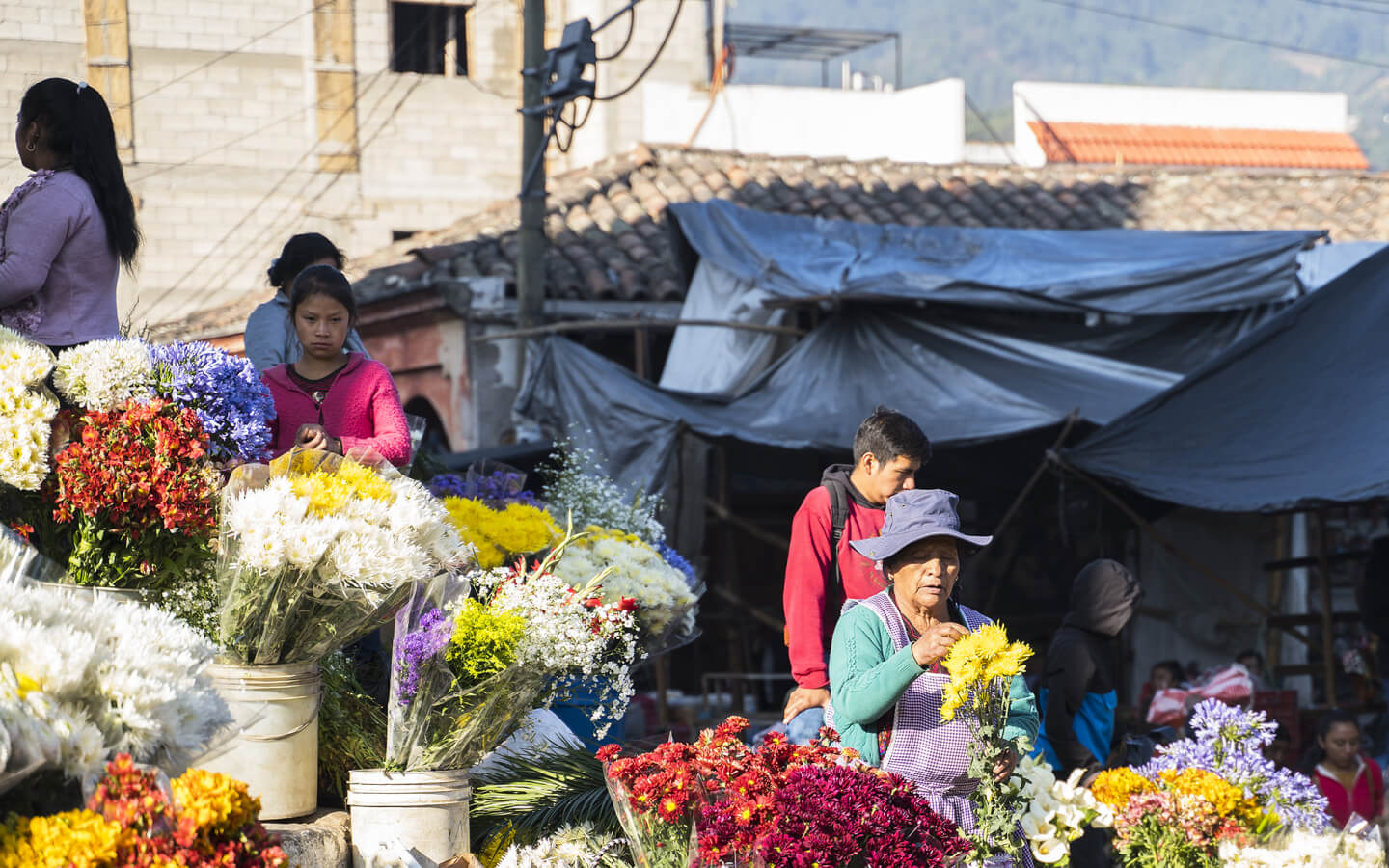
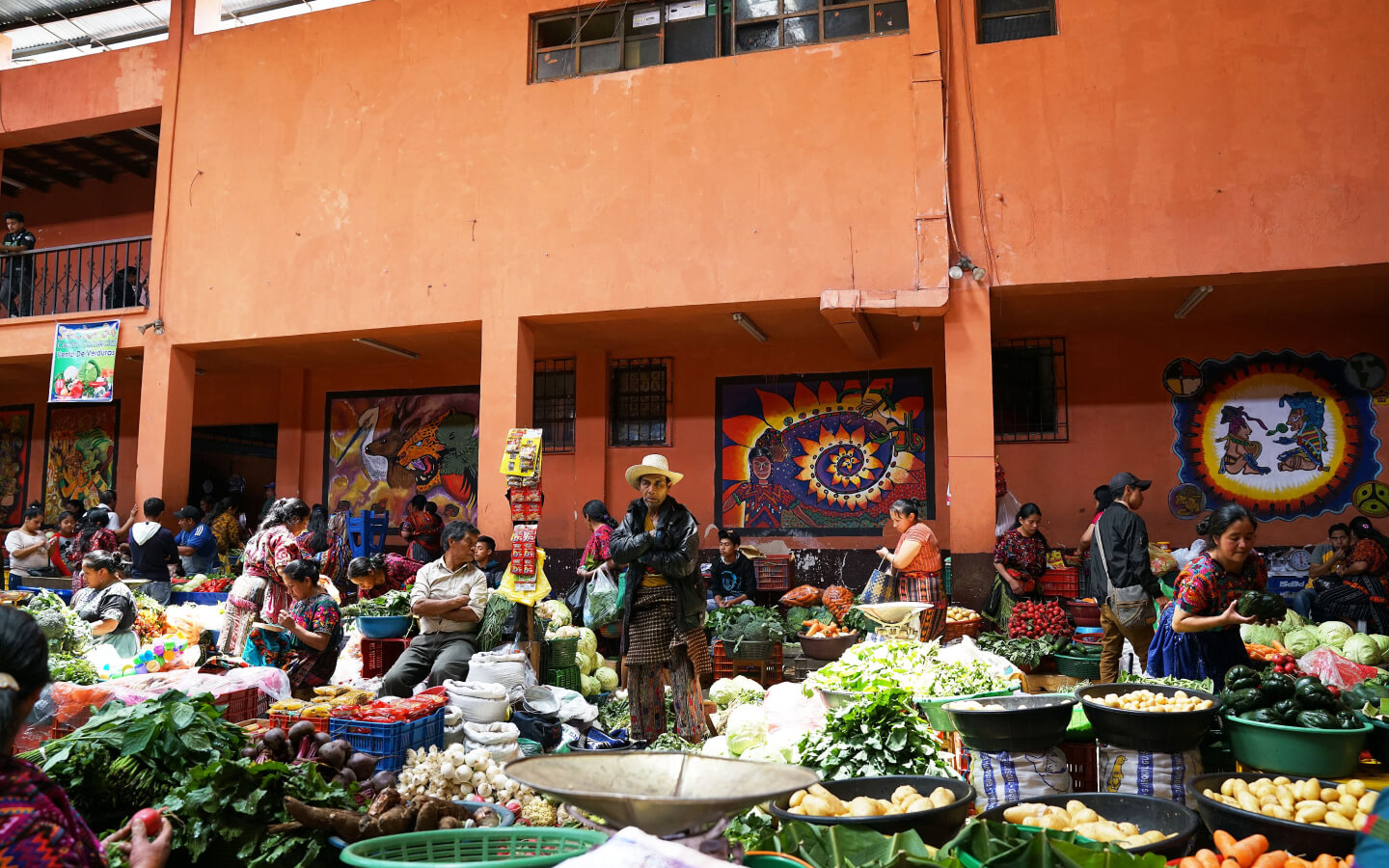
Chichicastenango, Quiché Department, Kʼicheʼ tribe. 2018.
Chichicastenango, Quiché Department, Kʼicheʼ tribe. 2024. JFernando Morales Photography
The most important leap in the development of local commerce in Guatemala occurred in the middle of the 20th century. The 1944 revolution led to the construction of roads, the development of transportation systems and logistics, the appearance of storage facilities and the emergence of companies specializing in land freight.

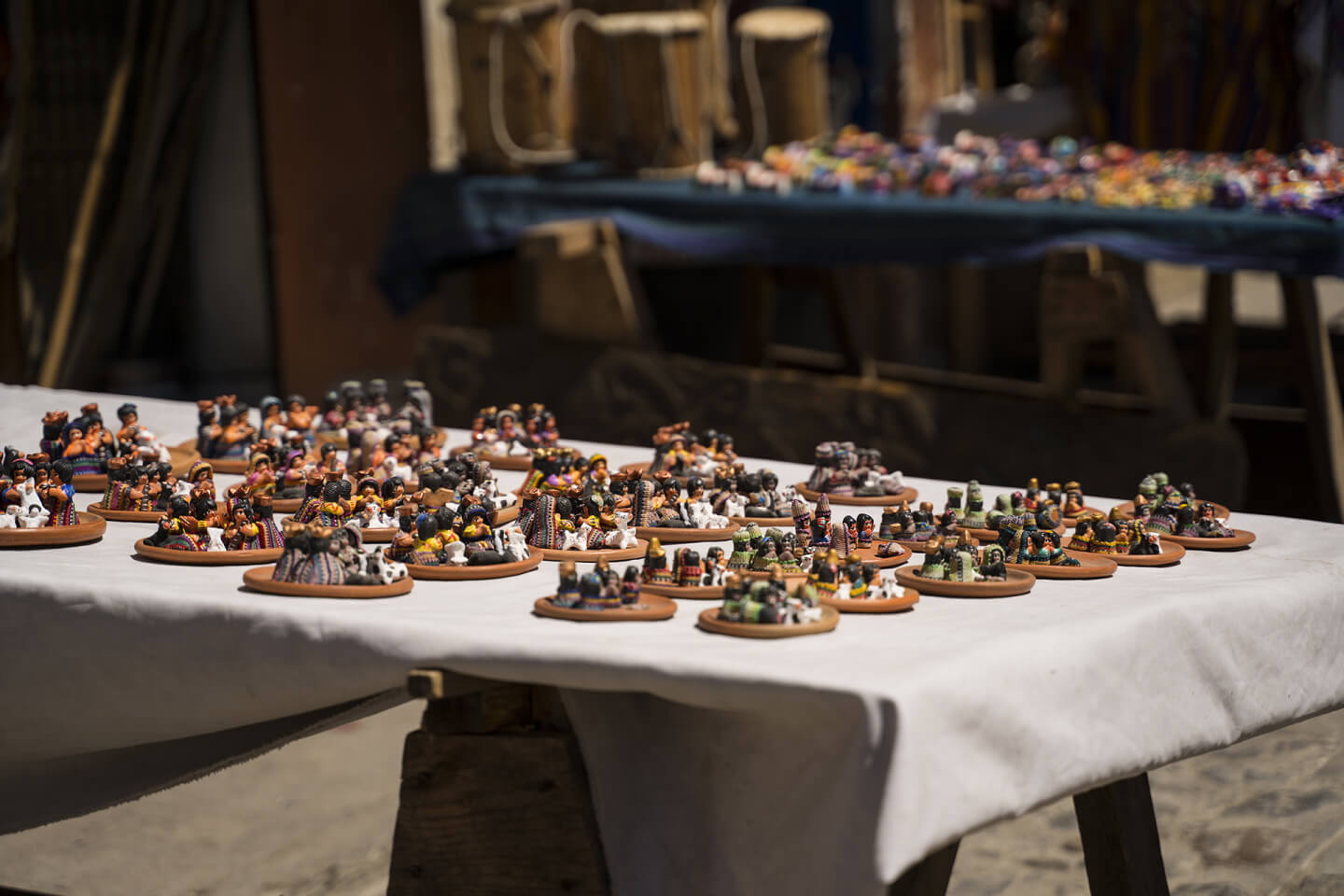
Sellers gained an opportunity to travel long distances in the search of a greater demand for their goods. Merchants, who bought large quantities of goods to travel with them around the whole country, even formed a respected social class. Merchants sold goods at the distant large markets, while in the local markets, the manufacturers themselves — mostly peasants and artisans — traded in the local market.
Chichicastenango, Quiché Department, Kʼicheʼ tribe. 2024. JFernando Morales Photography
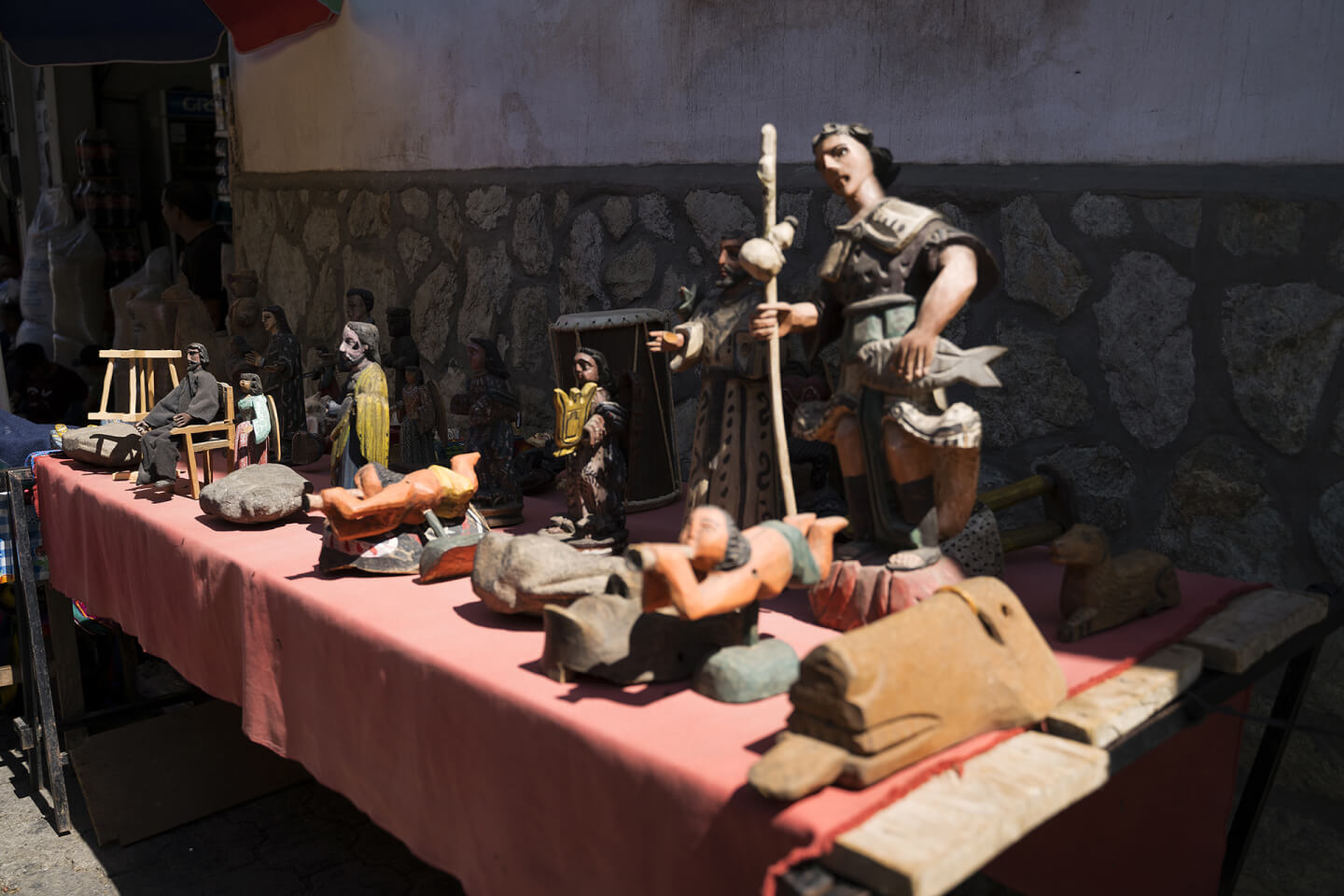
Sellers gained an opportunity to travel long distances in the search of a greater demand for their goods. Merchants, who bought large quantities of goods to travel with them around the whole country, even formed a respected social class. Merchants sold goods at the distant large markets, while in the local markets, the manufacturers themselves — mostly peasants and artisans — traded in the local market.
Chichicastenango, Quiché Department, Kʼicheʼ tribe. 2024. JFernando Morales Photography
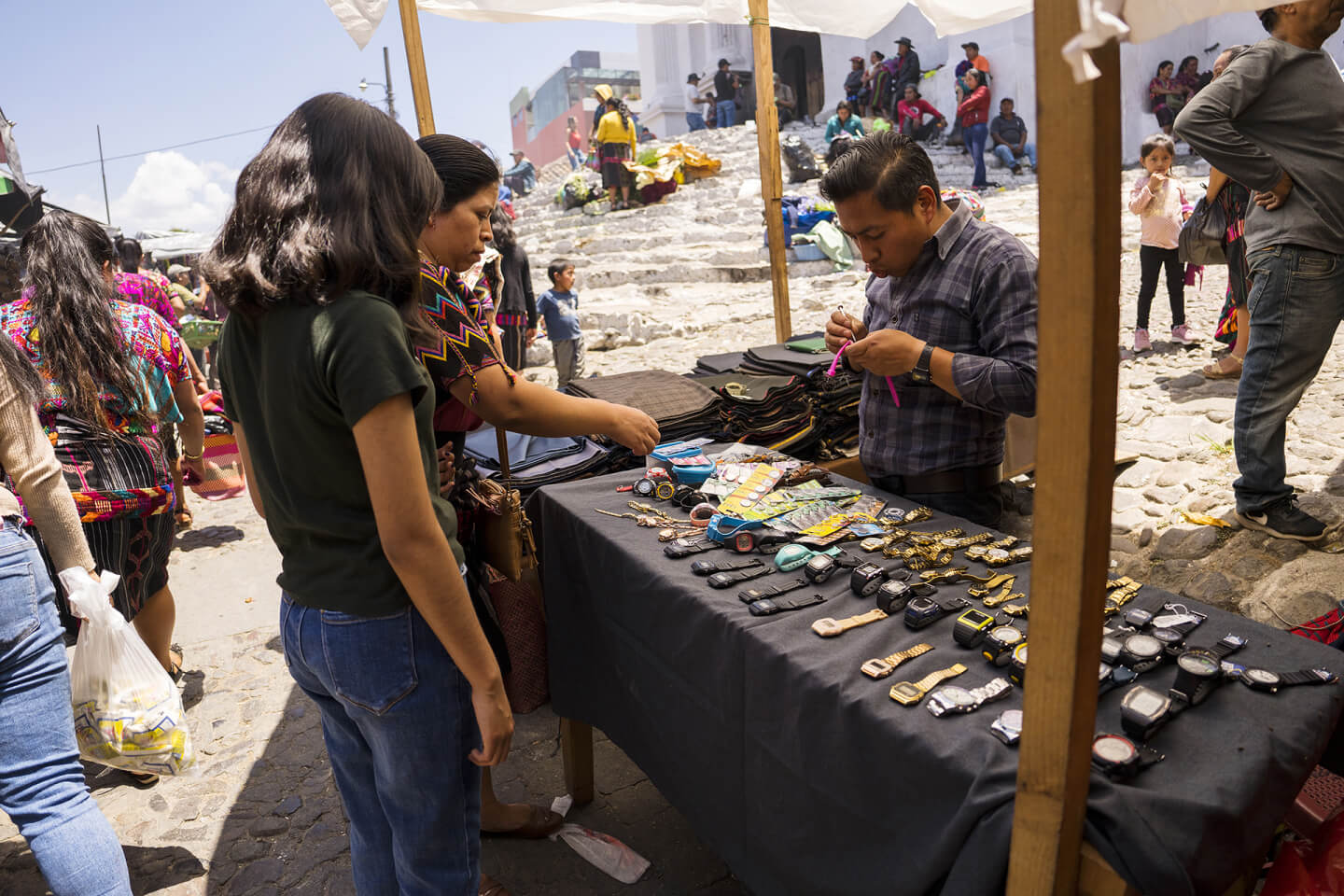
Sellers gained an opportunity to travel long distances in the search of a greater demand for their goods. Merchants, who bought large quantities of goods to travel with them around the whole country, even formed a respected social class. Merchants sold goods at the distant large markets, while in the local markets, the manufacturers themselves — mostly peasants and artisans — traded in the local market.
Chichicastenango, Quiché Department, Kʼicheʼ tribe. 2024. JFernando Morales Photography
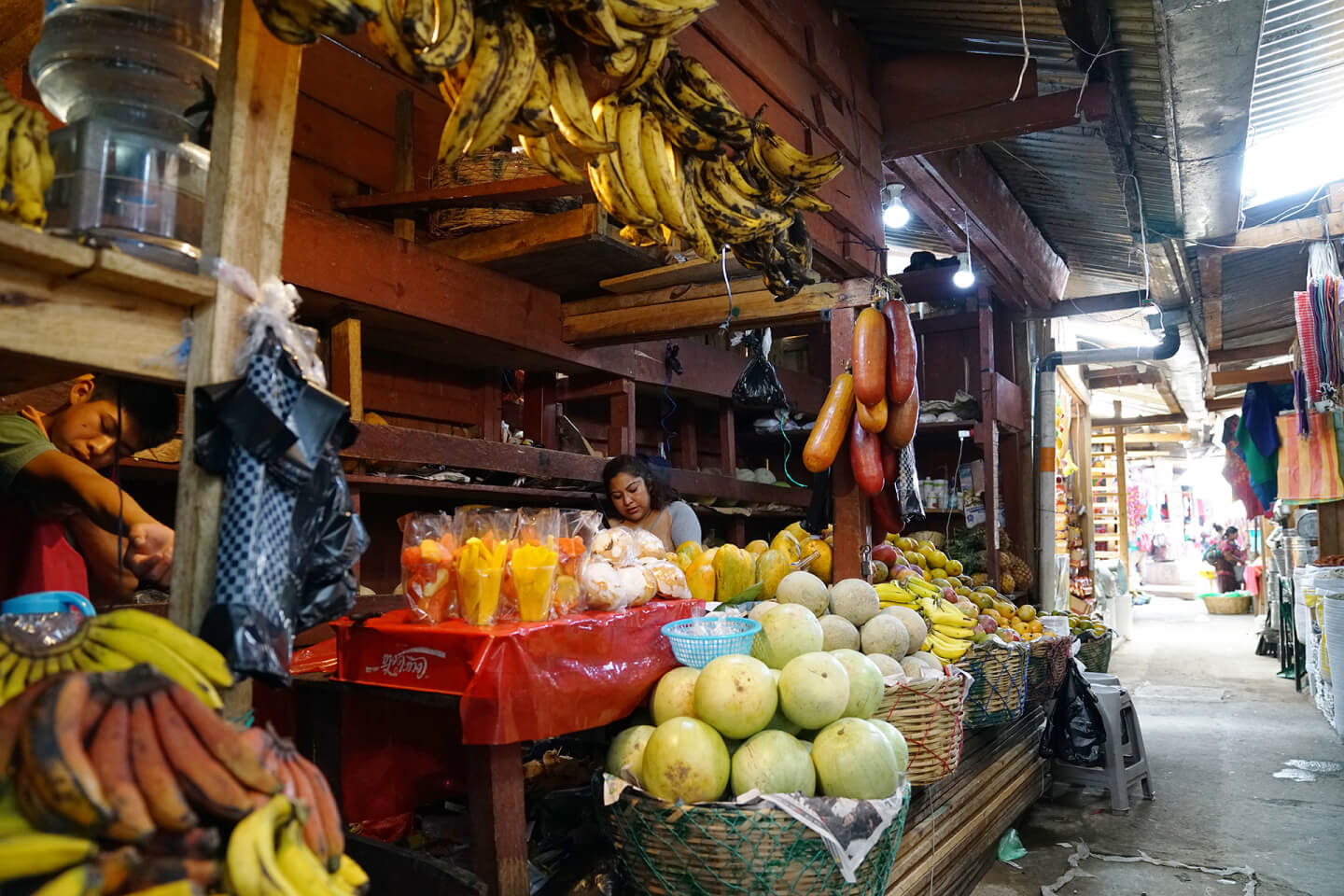
Sellers gained an opportunity to travel long distances in the search of a greater demand for their goods. Merchants, who bought large quantities of goods to travel with them around the whole country, even formed a respected social class. Merchants sold goods at the distant large markets, while in the local markets, the manufacturers themselves — mostly peasants and artisans — traded in the local market.
Chichicastenango, Quiché Department, Kʼicheʼ tribe. 2018.
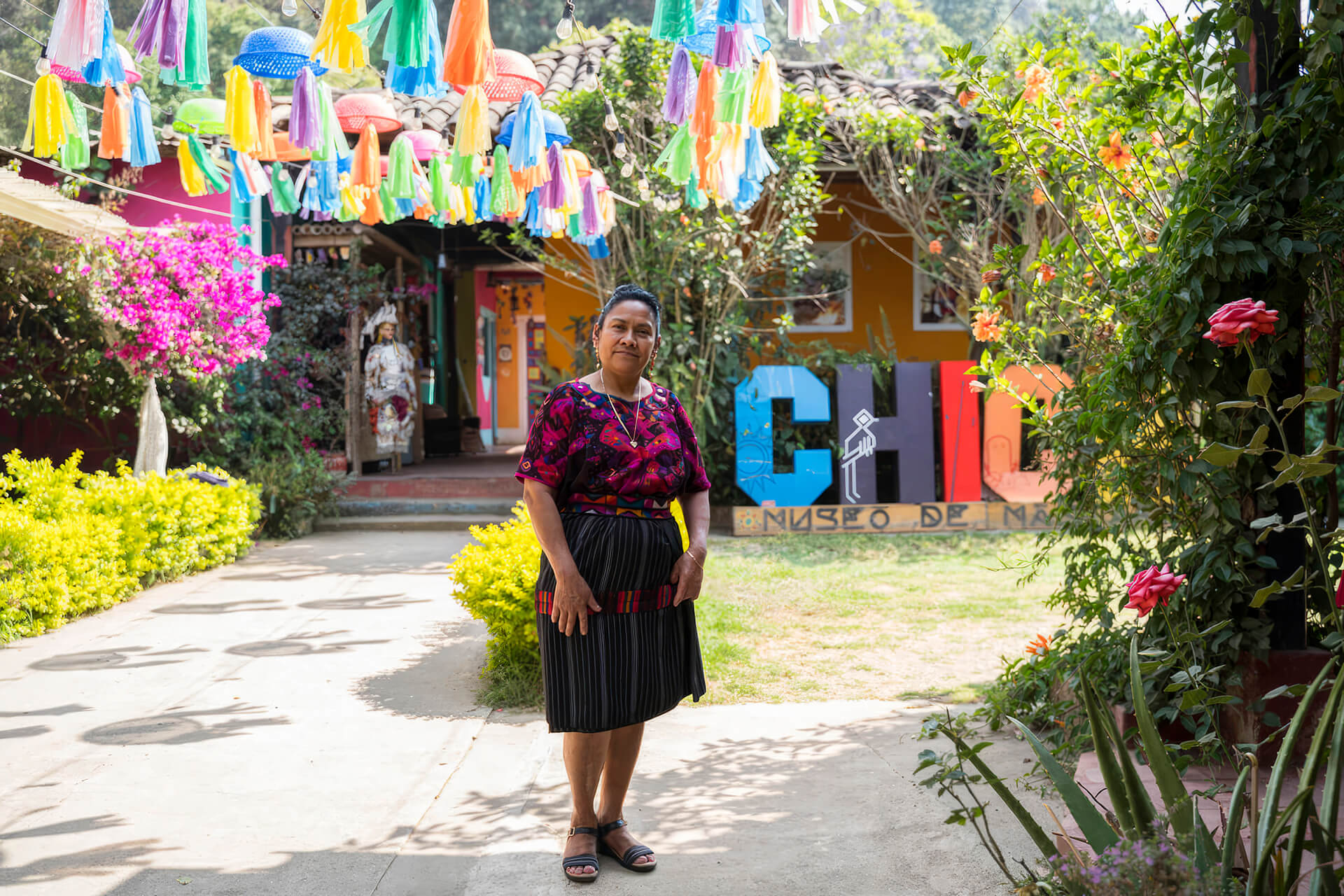
Doña Tomasa Calel de Ignacio, a resident of Chichicastenango, recalls that even at the market in Chichi, one of the largest in the country, it was impossible to buy everything you needed. It was because people traded mostly what they grew on this territory. Her father, for instance, had to go to a bigger city to get some sugar. He used to buy a whole truck of sugar, bring it to his hometown and sell it to neighbors, who bought sugar in small portions. It was unrefined sugar and melted quickly, so it was impossible to store it for a long time.
Doña Tomasa Calel de Ignacio in La Moreria. Chichicastenango, Quiché Department, Kʼicheʼ tribe. 2024. JFernando Morales Photography
Modern markets
By the end of the 20th century, major structural changes had taken place in traditional markets. The specially designed buildings with roofs over the counters became controlled.
Market administration appeared: it introduced a single measurement standard and began to overlook resellers and maintain healthy competition to prevent price dumping. Counters were assigned to a specific seller. Doña Tomasa recalls that 50 years ago, anyone could come to the market and settle in any vacant place. Now almost everyone needs a special permit for this.


Chichicastenango, Quiché Department, Kʼicheʼ tribe. 2018.
In many ways, such changes were provoked by the clash of two completely different cultures: hygiene, the organization of space and the concepts of "important" and "unimportant".
For Western culture, the creation of a separate building for the market means that the nature contrasts with the external. Dusty spaces prone to natural pollution contrast with clean and organized rooms. For the Indians, the concept of the center is of paramount importance — a privileged place, the city center, and the main square, where the spring, the cross, the holy images and the church are located. For an Indian to be away from the square, on the periphery, indoors, is very stressful and uncomfortable.





Quiché Department, Kʼicheʼ tribe. 2024. JFernando Morales Photography

Quiché Department, Kʼicheʼ tribe. 2024. JFernando Morales Photography

Quiché Department, Kʼicheʼ tribe. 2024. JFernando Morales Photography
The importance of the center as a concept applies as well to the product presentation and display. The seller usually places their goods in the center of the counter and does not sell them until the end of the day. These goods aim to attract buyers, and it does not matter whether these are the fruit of ceramics.
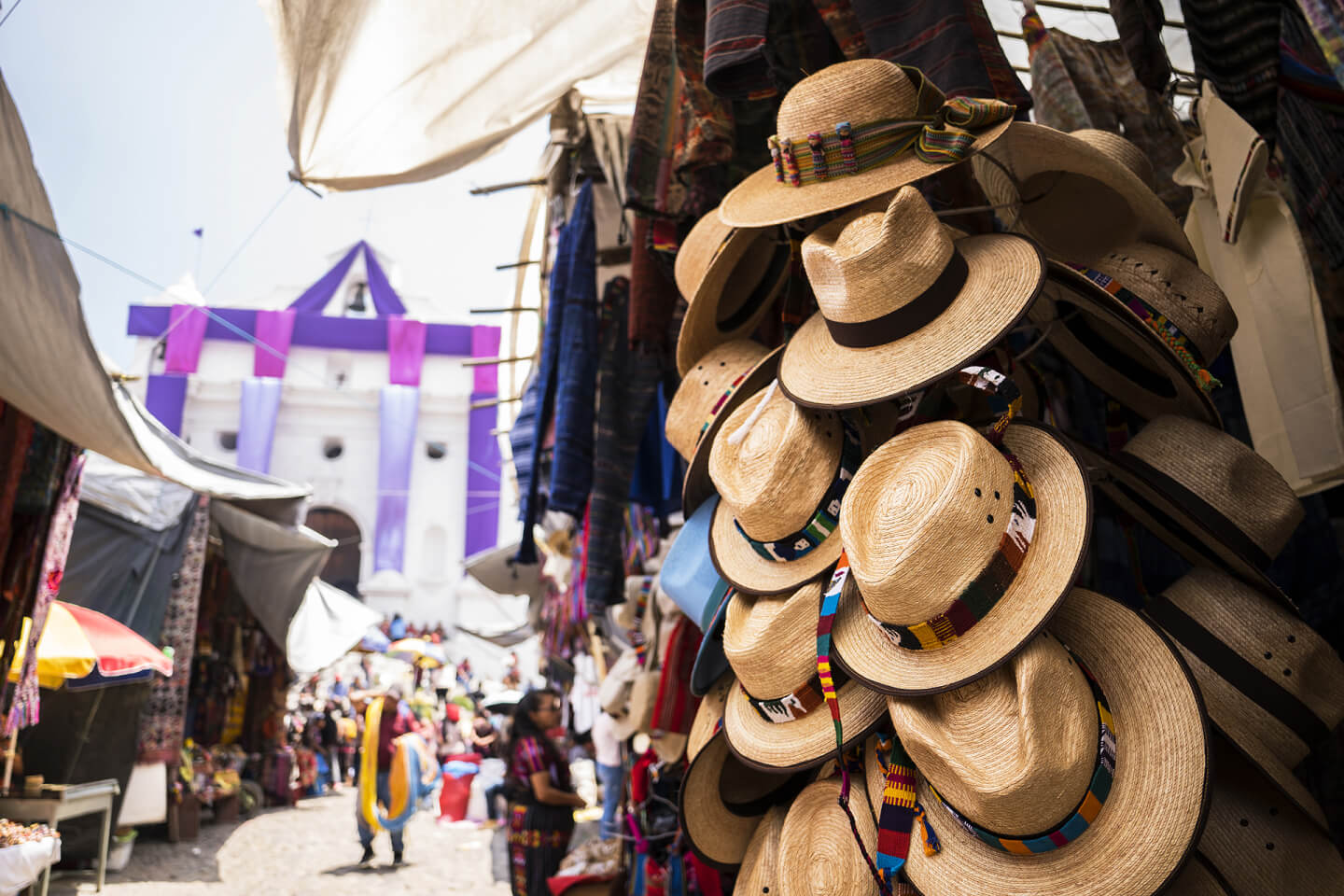
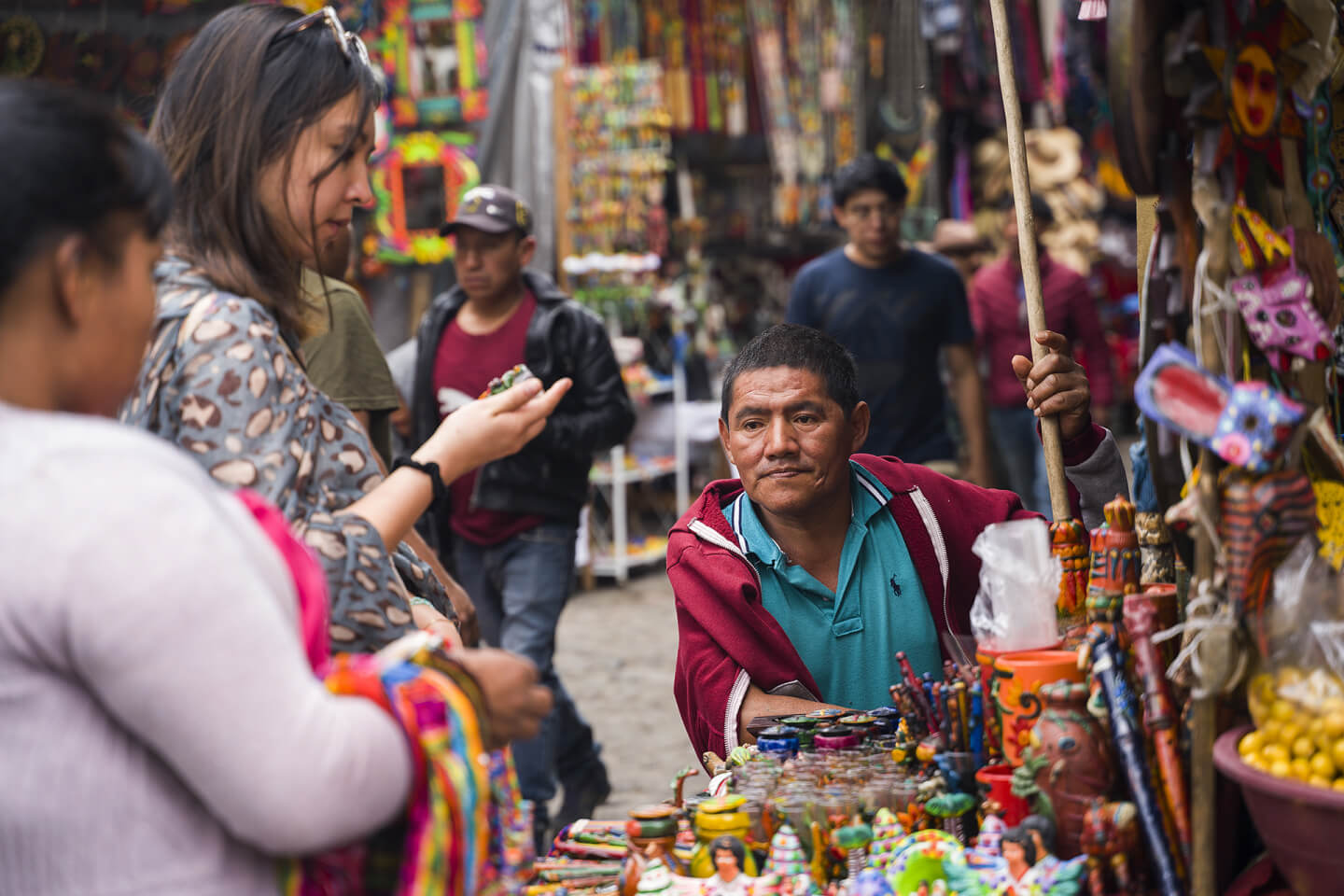
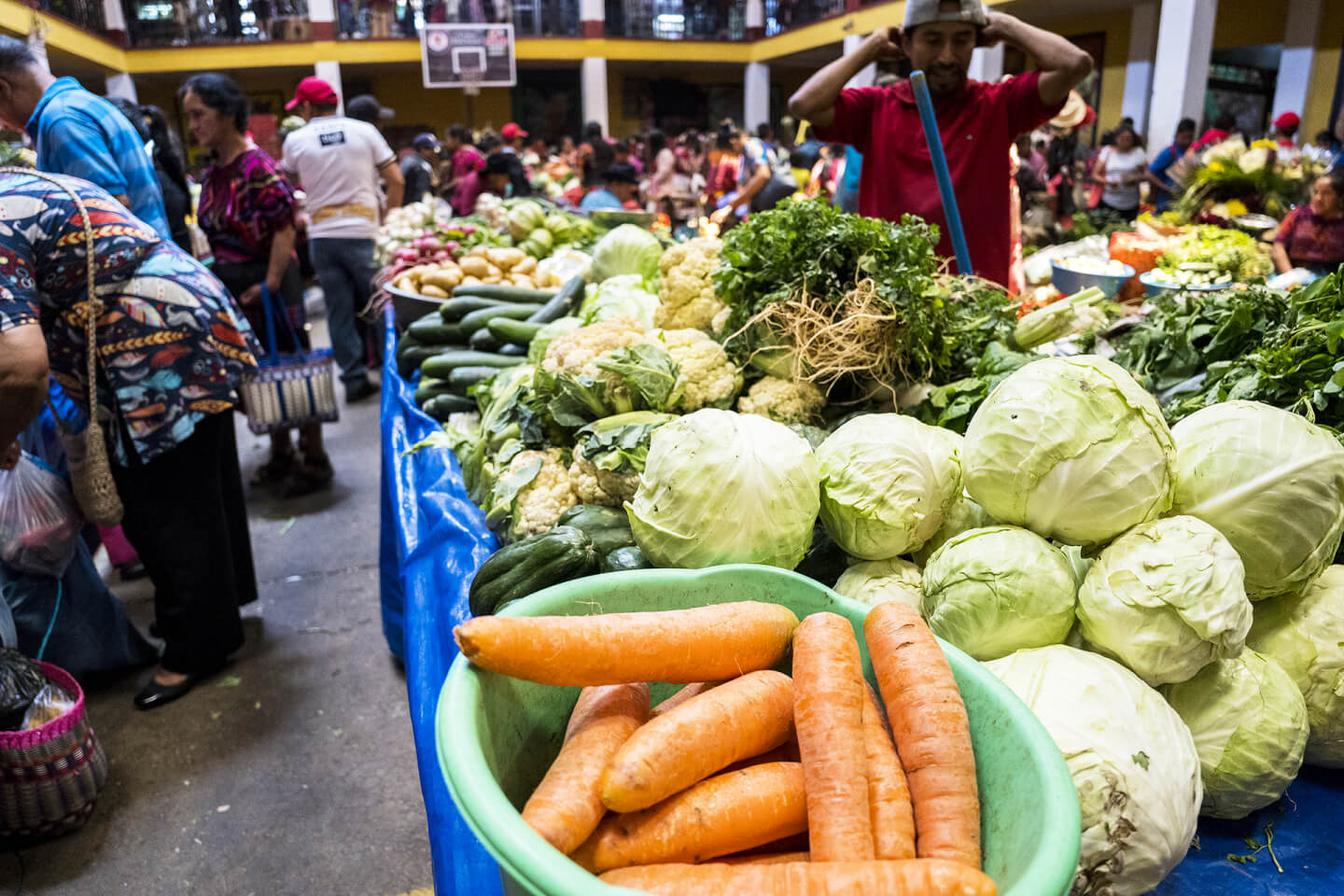
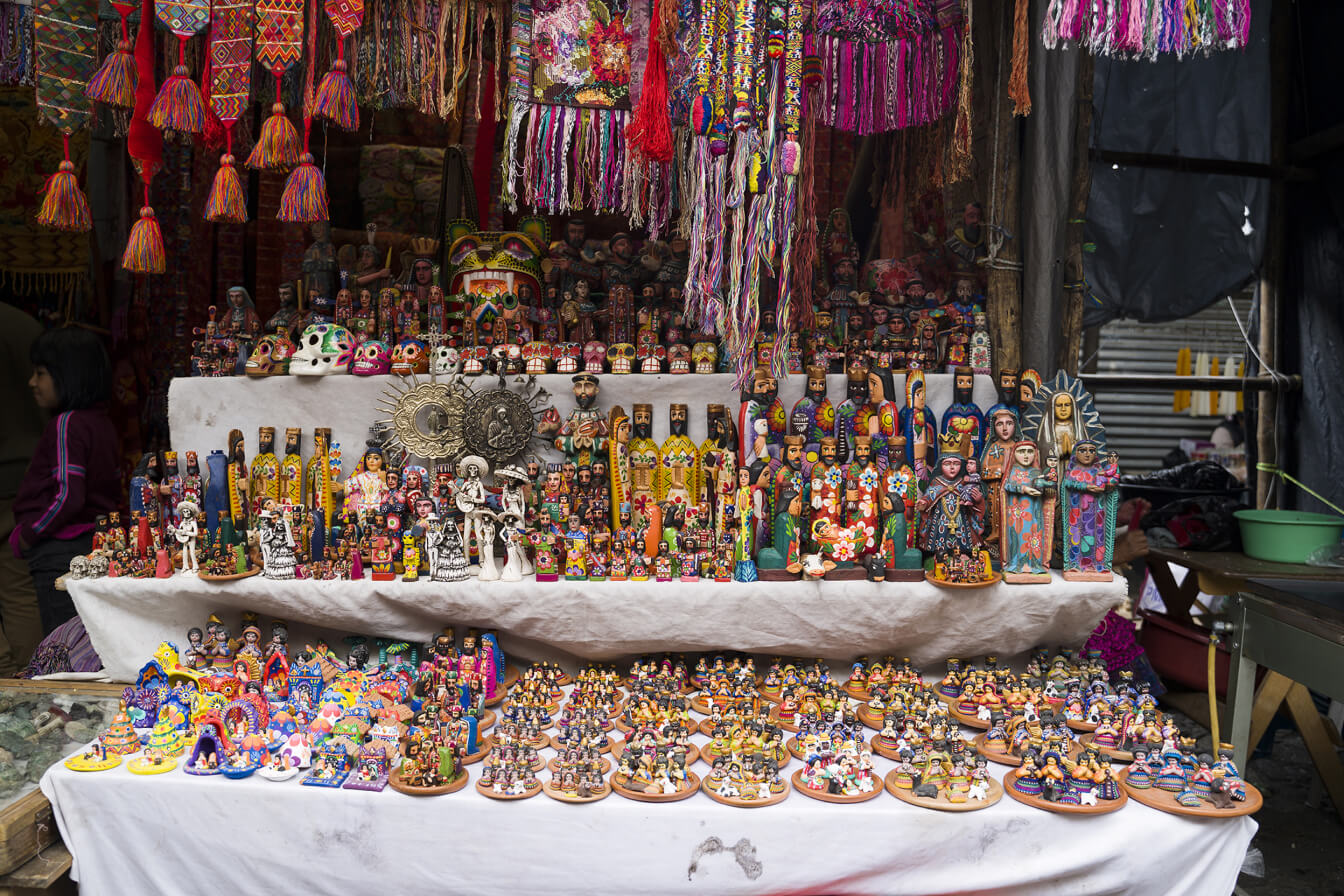
Quiché Department, Kʼicheʼ tribe. 2024. JFernando Morales Photography
Another conceptual change in the organization of the market was the rise of a trading surface to the counter level. To the Western world, it seems unhygienic and unsafe to sell goods by laying them out on the ground. While this is quite a common practice for Indians: in houses, too, women often cooked on the floor, kneeling. The family gathered for lunch at the same "table".
Vendors who come to the market in Chichicastenango every week and have a fixed working place, often work behind a wooden counter, while fruit and vegetables are placed in bags and on boxes. Both here and in other regions of the country it is still common to see goods laid directly on the ground.






Contacts
Events
Project













